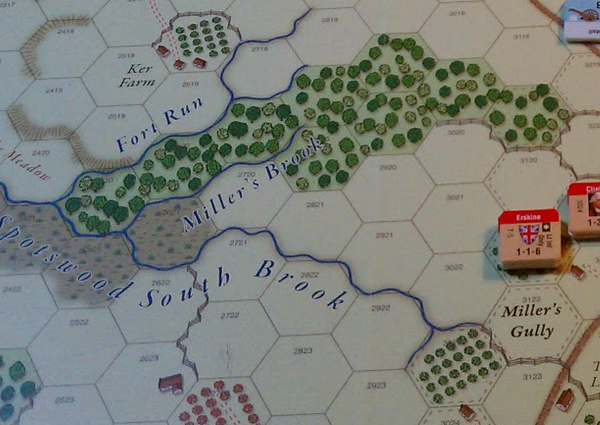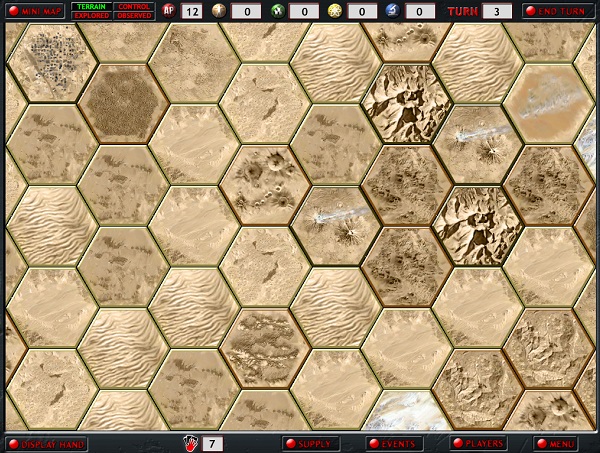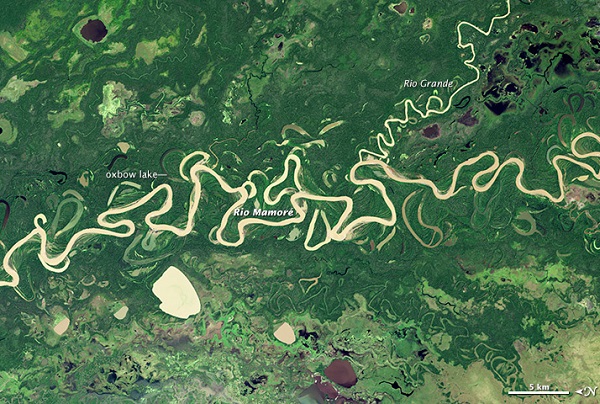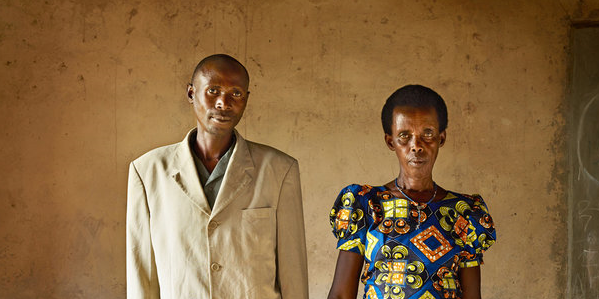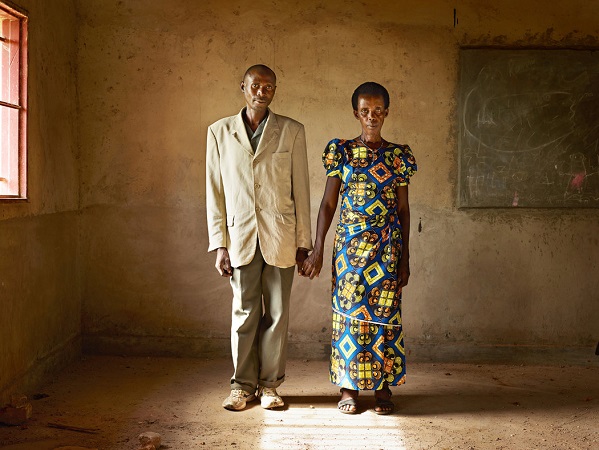DoubleQuoting Trees, 2001 – 2019, Greta 2019 – 1898
Friday, November 22nd, 2019[ by Charles Cameron — from tree-planting in the millions, via Tolkien’s ents in entmoot mode, to the Yukon, science-fiction time-travel, and a Greta Thunberg lookalike ]
.
A couple, Brazilian photographer Sebastião Salgado and his wife, planted 20 million trees in 20 years. Some of their product is visible in this photographic DoubleQuote
:
Simply and factually, two states of a hillside are connected by twenty years of planting, similarly but more personally, a photographer and his wife are connected by love and marriage nurtured by their lives together, more abstractly two nodes in a network are connected by edges, in each case, the connections in a network are the strength of that network..
And in this case, trees are the result of planting over time, and over time this marriage of two persons is no doubt deepened. They make a difference, and if a hundred thousand, scattered across the habitable globe, followed their example, the impact would be considerable.
Consider also that in the view of a German scientist whose ideas are, according to the Smithsonian, “shaking up the scientific world”. Anthropomorphosizing more than a little, the Smithsonian writer tells us:
Wise old mother trees feed their saplings with liquid sugar and warn the neighbors when danger approaches. Reckless youngsters take foolhardy risks with leaf-shedding, light-chasing and excessive drinking, and usually pay with their lives. Crown princes wait for the old monarchs to fall, so they can take their place in the full glory of sunlight. It’s all happening in the ultra-slow motion that is tree time, so that what we see is a freeze-frame of the action.
20,000 trees must have quite a conversation.
**
Cue JRR Tolkien on the tree-like Ents, the ancient and wise guardians of trees and forests introduced in volume 2 of the Lord of the Rings:
Quickbeam, for example, guarded rowan trees and bore some resemblance to rowans: tall and slender, smooth-skinned, with ruddy lips and grey-green hair. Some ents, such as Treebeard, were like beech-trees or oaks. But there were other kinds. Some recalled the chestnut: brown-skinned Ents with large splayfingered hands, and short thick legs. Some recalled the ash: tall straight grey Ents with many-fingered hands and long legs; some the fir (the tallest Ents), and others the birch, … and the linden.
A gathering of the ents is called an Entmoot. Tolkien quotes Treebeard:
The ents have not troubled about the wars of men and wizards for a very long time. But now something is about to happen that has not happened for an age… Ent Moot. [ … ] Beech, oak, chestnut, ash… Good, good, good. Many have come. Now we must decide if the ents will go to war.
**
By way of a bookend to this post, here’s a DoubleQuote in images of Greta Thunberg and a 1898 lookalike in a photo from the Yukon:
As usual, parallelisms promote speculation — in this case, the laughable, laudable conspiracy theory that Thunberg is a time traveler.
Conspiracy! Science fiction!
The suggestion is that Greta traveled back from our time, when she despaired of our efforts to reverse human-caused climate change, to the Yukon of 1898, where she set about reversing the problem at its time and place origin. Exactly why human-caused climate change should have started in the Yukon in 1898 is not clear, nor can we understand how, if she began her efforts at reversing the progressive wasting of earth by human impact back in 1898 and had had no notable impact on that process by now, as revealed in the 1898 and 2019 photos of Ms Thunberg.. that too is unclear.
Fabulation, however, is fabulpous by dedfinition — so we record this conspiracy here.
Readings:
HuffPost, Photo From 1898 Sparks Hilarious Theory That Greta Thunberg Is A Time-Traveler Owen Sound Sun Times, Greta Thunberg look-alike in 1898 Yukon gold rush photo has sparked time-travel conspiracies
**
Okay, here’s a suggestion:
Greta Thunberg — or the Entmoot , for that matter — might suggest we plant trees:
Plant for yourself:
But be warned
As we plant trees, we must avoid planting monocultures, and ensure we plant variety, as The Economist suggests.



